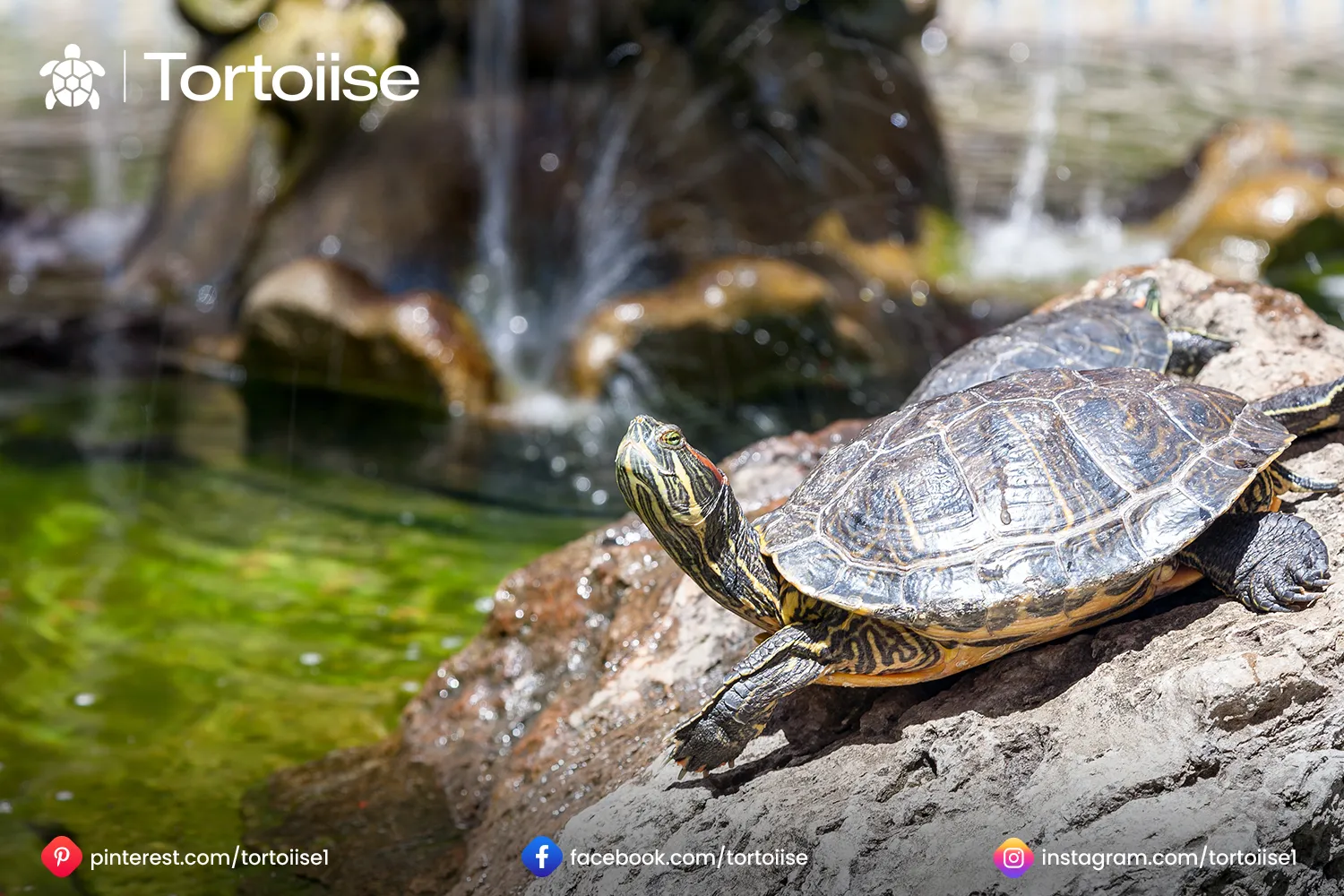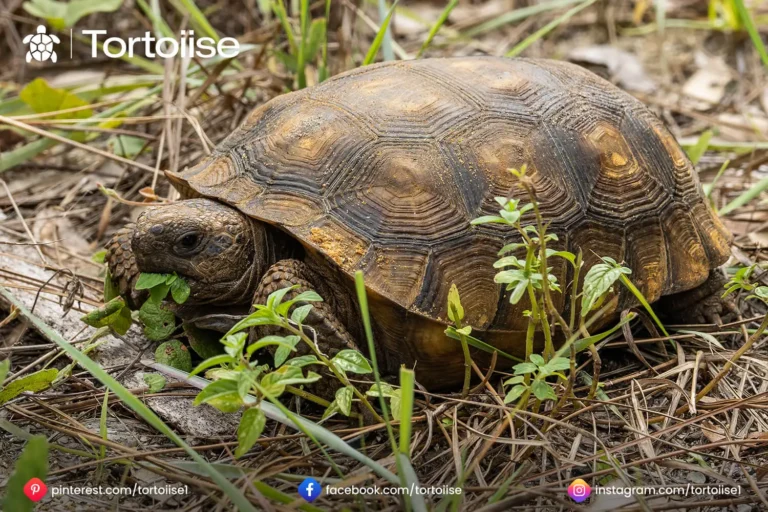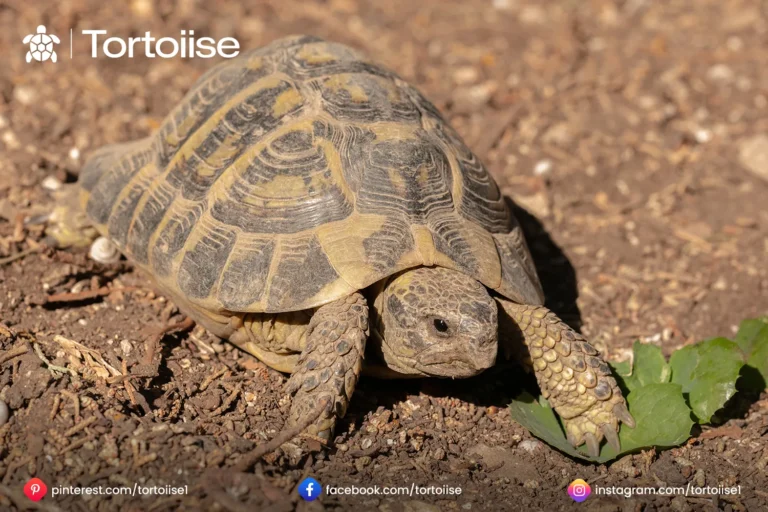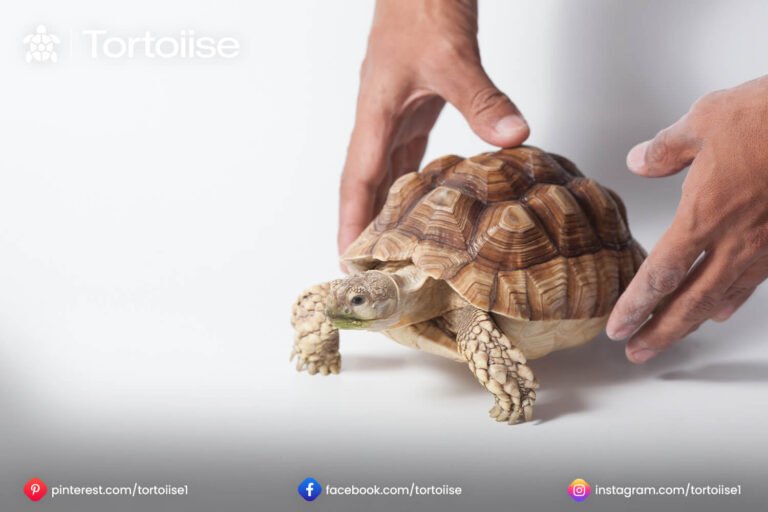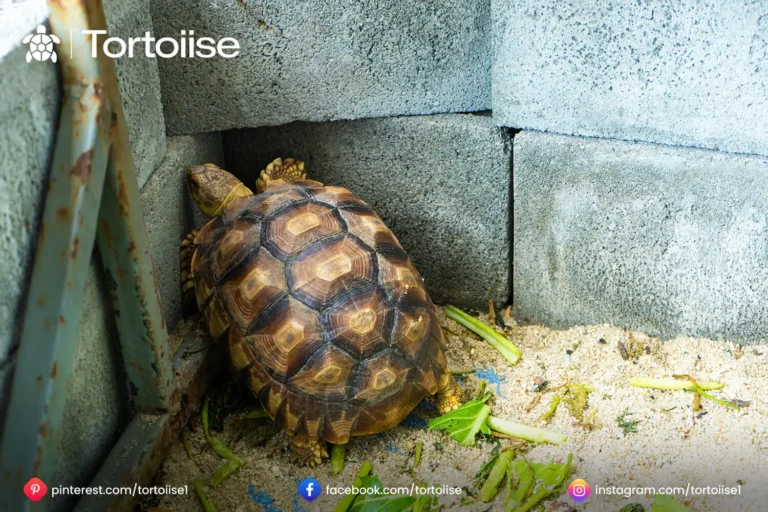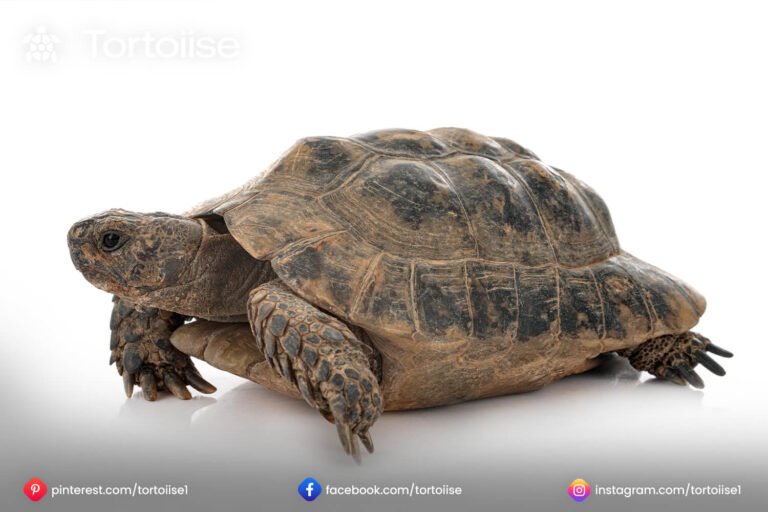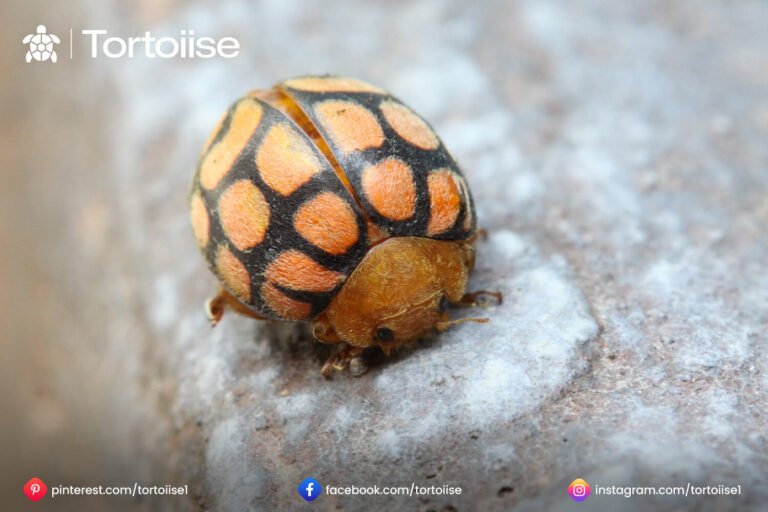How to wash a tortoise
Instructions to Wash a Tortoise
Tortoises are entrancing and low-support pets, yet like any creature, they require appropriate consideration and cleanliness to remain healthy. Washing your tortoise is a fundamental part of its general care schedule. Standard showers not only assist with keeping up with the tidiness of the shell and skin but also support hydration, forestall diseases, and help in shedding.
This guide gives inside and out directions on the best way to wash a tortoise securely and really, while thinking about its species, size, and specific requirements.

For what reason would it be advisable for you to wash your tortoise?
Tortoises live in various conditions, going from deserts to rainforests, and their cleanliness needs might vary in light of their territory. Here are a few motivations behind why washing your tortoise is significant
Hydration
Tortoises ingest water through their skin and cloaca (a multipurpose opening). Splashing guarantees they stay hydrated, particularly in bone-dry environments.
Shedding Help
Tortoise incidentally shed layers of skin or scutes (shell plates). Washing releases and eliminates dead skin or flaky shell pieces.
Forestalling Diseases
Washing helps eliminate soil, defecation, and other flotsam and jetsam that can hold onto microbes or parasites.
Empowering Regular Ways of Behaving
Normal washing emulates regular ways of behaving, like swimming or absorbing water sources, advancing a feeling of solace and schedule.
When and How Frequently to Wash Your Tortoise
Hatchlings and Adolescents: Washing 2-3 times each week is ideal to keep up with hydration and neatness.
Grown-ups: When seven days is for the most part adequate, however, during hotter months or shedding periods, increase the frequency.
Desert Species: For species like the Russian or Sulcata tortoise, limit washing to once at regular intervals, except if grimy.
Getting Ready to Wash Your Tortoise
1. Accumulate Supplies
A shallow plastic compartment or tub enormous enough for the tortoise to serenely fit.
Tepid water (around 85-90°F or 29-32°C).
A delicate fiber toothbrush or a spotless, delicate wipe.
A towel for drying.
2.Pick a Protected Area
Utilize an area away from your kitchen or restroom sink to keep away from defilement.
Choose a calm, secure region where the tortoise will not be frightened.
3. Review the Tortoise
Prior to beginning the shower, analyze your turtle for any indications of injury, strange developments, or diseases. If you notice anything surprising, consult a veterinarian prior to continuing.

Bit by bit manual for washing your tortoise
Fill the Tub
Fill the compartment with tepid water.
The water level ought to arrive at just beneath the turtle’s jaw to keep away from accidental suffocation.
Tenderly Spot the Tortoise in the Water
Hold the tortoise safely with two hands, supporting its body and legs.
Place it delicately into the water, permitting it to conform to the temperature and environmental factors.
Let the Tortoise Drench
Permit your tortoise to sit and drench for 10-20 minutes.
This releases soil, dung, and flotsam and jetsam from its skin and shell.
Clean the Shell
Utilizing a delicate fiber toothbrush or wipe, tenderly clean the shell in round movements.
Give additional consideration to the creases between scutes, where soil and microorganisms can aggregate.
Try not to utilize unforgiving synthetic substances or cleansers, as these can hurt the turtle’s natural oils and skin.
Clean the Skin
Delicately wipe the legs, tail, and neck with the wipe or toothbrush.
Be cautious around delicate regions like the eyes and mouth.
Flush the tortoise
Eliminate the tortoise from the tub and flush it with spotless, tepid water to eliminate any leftover soil or trash.
You can utilize a delicate stream of water from a splash jug or pitcher.
Dry the Tortoise
Wipe the tortoise with a delicate, clean towel.
Guarantee the shell and skin are totally dry, particularly prior to returning the turtle to its nook, to forestall parasitic or bacterial development.
Extraordinary Contemplations for Washing Turtles
Desert Tortoise
Desert species, like the Sulcata or Russian tortoise, are adjusted to dry conditions. Over-washing can prompt parchedness as it strips away medicinal ointments. Keep showers brief and rare.
Sea-going or Semi-Oceanic Tortoise
In the event that you have animal varieties like the Red-Eared Slider or Box Tortoise, their washing requirements contrast. Sea-going turtles need successive water changes in their tanks and periodic shell cleaning.
Shedding Tortoise
During shedding periods, give additional consideration to free skin or scutes. Abstain from stripping or compelling anything off; washing will normally slacken and eliminate them.
Debilitated or Harmed Tortoise
On the off chance that your tortoise is unwell or recuperating from a physical issue, consult a veterinarian before washing. Stress from washing can deteriorate their condition.
Missteps to Stay Away from While Washing a Tortoise
Utilizing Cold or High-Temp Water
Water temperature outside the protected reach can stun the tortoise and damage its well-being.
Overloading the Tub
Continuously guarantee the water level is shallow enough for the tortoise to stand and inhale easily.
Utilizing Cleansers or Synthetic Compounds
Unforgiving substances can harm the tortoise touchy skin and disturb its regular oils.
Leaving the Tortoise Unattended
Continuously oversee your tortoise during its shower to forestall mishaps.
Post-Shower Care
Screen Conduct
After a shower, your tortoise might show up more dynamic and cautious because of expanded hydration. Screen it for any strange way of behaving.
Clean the walled-in area.
A perfect, dry nook supplements the tortoise’s cleanliness schedule. Guarantee the substrate is new and liberated from flotsam and jetsam.
Give New Water
Supplant the savoring water in the fenced-in area after each shower.
Advantages of a Predictable Washing Schedule
Further developed Well-being: Normal washing diminishes the risk of bacterial and parasitic diseases.
Improved Hydration: Washing assists turtles with remaining hydrated, particularly in dry environments.
HoldinanAn open door: Washing meetings permit you to invest quality energy with your team and screen its prosperity.
Normal Inquiries Regarding Washing Tortoise
Could I at any point wash my tortoise in the sink
It’s not prescribed because of likely pollution. Utilize a different tub or holder, all things considered.

How would it be a good idea for me to respond on the off chance that my tortoise opposes washing?
Begin gradually and make the cycle as quiet as could really be expected. Progressively acclimate the tortoise to water and give it a calm climate.
How Can I Say Whether the Water Is the Right Temperature?
Try things out with a thermometer or your wrist; it ought to feel tepid, not hot or cold.
Washing a tortoise is a direct yet fundamental piece of its care on schedule. By understanding your tortoise’s particular requirements and following the right procedures, you can guarantee its well-being, cleanliness, and bliss. With legitimate readiness and tolerance, washing turns into a valuable and calm insight for both you and your tortoise.
Whether you’re raising a desert animal category or a semi-sea-going assortment, customary showers are a basic method for keeping your shelled buddy flourishing.
